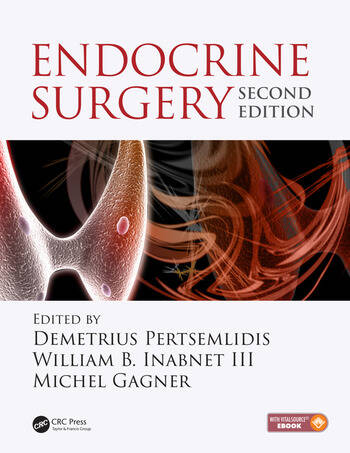Free Download Color Chemistry Zollinger Pdf Programs
'100 Cases in Paediatrics 1st Edition pdf free download provides a novel learning and revision tool that works by guiding the reader through each cases.' Physician Assistant Medical Students Medical Textbooks Nursing Students Medicine Book Internal Medicine Mcgraw Hill September 9 Psychiatry Pdf Book. Properties and color chemistry, 3rd edition - course hero Color Chemistry, 3rd Edition by Heinrich Zollinger pdf color chemistry - heinrich zollinger - bok 734: chemistry - abebooks - burdge, download chemistry, 3rd edition in pdf/epub ebook color chemistry: syntheses, properties and books: color (other) by heinrich zollinger.
About The Book The classic surgical atlas, more comprehensive than ever! For more than half-a-century, Zollinger’s Atlas of Surgical Operations has been the gold-standard reference for learning howto perform the most common surgical procedures using safe, well-established techniques. The tenth edition continues this tradition of excellence. I doser version 45 cracked over 200 doses.
The atlas covers gastrointestinal, hepatobiliary, pancreatic, vascular, gynecologic, and additional procedures, including hernia repair, vascular access, breast procedures, sentinel lymph node biopsy,thyroidectomy, and many more. The illustrations in this atlas have withstood the test of time. They allow you to visualize both the anatomy and the operation, making the book useful as a refresher or for learning the steps of a particular procedure. The tenth edition of Zollinger’s Atlas of Surgical Operations expands the content to include 19 new operations.
Each chapter contains beautifully rendered line drawings with color highlights that depict every important action you must consider while performing the operation. Each chapter also includes consistently formatted coverage of indications,preoperative preparation, anesthesia, position, operative preparation, incision and exposure, procedure, closure, and postoperative care.

Main article: The majority of natural dyes are derived from plant sources:,,,, and,,. Most dyes are synthetic, i.e., are man-made from petrochemicals. Other than pigmentation, they have a range of applications including, optical media () and (). History [ ] dyeing dates back to the period.

Throughout history, people have dyed their textiles using common, locally available materials. Scarce dyestuffs that produced brilliant and permanent colors such as the natural invertebrate dyes and crimson were highly prized luxury items in the ancient and medieval world. Plant-based dyes such as,,, and were important trade goods in the economies of Asia and Europe. Across Asia and Africa, patterned fabrics were produced using techniques to control the absorption of color in piece-dyed cloth. Dyes from the such as and were brought to Europe by the treasure fleets, and the dyestuffs of Europe were carried by colonists to America. Dyed fibers have been found in the in a prehistoric cave dated to 36,000. Evidence shows that, particularly in and, has been widely carried out for over 5,000 years.
Early dyes were obtained from, or sources, with no to very little processing. By far the greatest source of dyes has been from the, notably roots, berries, bark, leaves and wood, only few of which are used on a commercial scale. The first synthetic dye,, was discovered by in 1856. Dyes are classified according to their solubility and chemical properties. Are - dyes that are applied to such as,, and modified using neutral to acid dye baths.